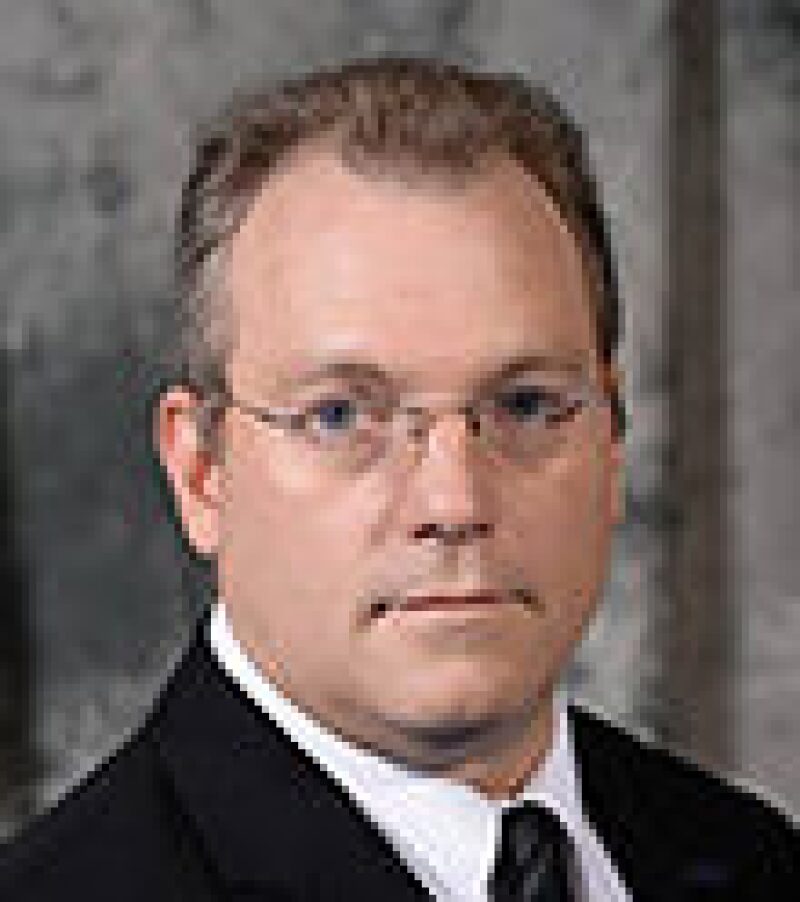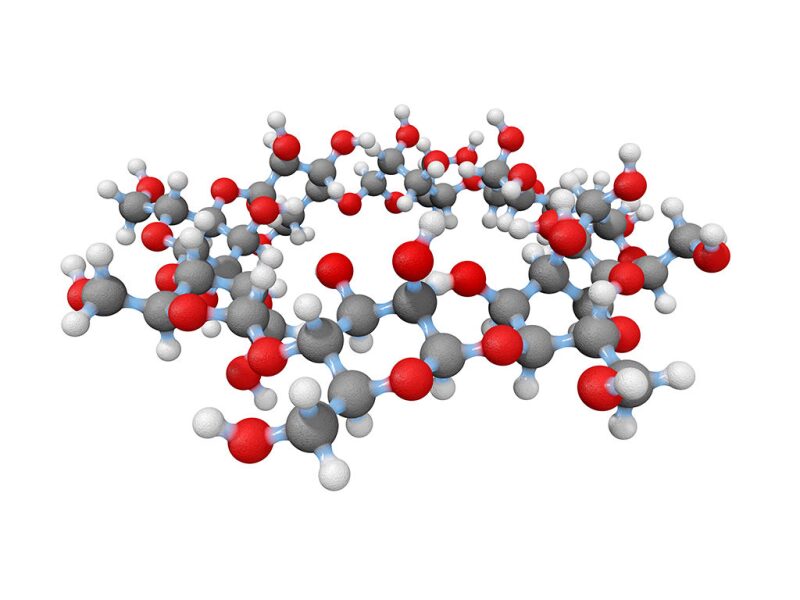As chairperson of the SPE Carbon Capture Utilization and Storage (CCUS) Technical Section, I have frequently seen and heard the debate about CO2 and climate change at conferences, meetings, and in SPE Connect forums, often very vigorous, deep into the nuts and bolts of climate science, and with passionate discussions both pro and con. From a purely cynical point of view, I could make the argument that the debate is already over, as it is largely political, it doesn’t matter what we think, we are stuck with results that can significantly impact our industries, and we should do what we can to minimize the damage. However, I prefer to look at this more as an opportunity, a way to advance our social license, and as a series of technical issues that members of SPE are uniquely qualified to address.
Since the first commercial CO2 project in Scurry County, Texas, in 1972, more than 150 additional CO2 EOR projects have been put in place worldwide. These projects initially depended on natural CO2 and were located near three large natural CO2 resources: McElmo Dome in Colorado, Bravo Dome in New Mexico, and Jackson Dome in Mississippi. More than 100 current CO2 EOR projects are located in the Permian Basin and Gulf Coast as a result. These projects were not initiated to save the planet or to sequester CO2; they were created by brilliant engineers and scientists trying to squeeze additional resources from declining reservoirs, and they continued because they were economical and extended the lives of fields.
CO2 EOR in miscible or near-miscible floods can revitalize mature fields, with a typical tertiary response on the order of the secondary recovery efforts in both duration and volumes. In the past, projects have been limited by chemistry, CO2 supply, and infrastructure. According to a report by the US Bureau of Ocean Energy Management, only about 3–4% of potential US CO2 EOR sites—that is, those with proper pressure, temperature, and permeability for miscible flooding—are currently under flood. The remaining sites are awaiting available CO2, and, perhaps more importantly, favorable economics compared to other investment opportunities, such as unconventionals, where Permian shale oil is being produced for as low as $25 per barrel.
Over 1 Bcf of natural CO2 is injected into the Permian Basin every day, and estimates are that between 800 million and 1 billion metric tons of CO2 have been stored during the past 45 years of CO2 EOR development in the region, more or less incidentally to the primary goal of producing incremental oil. This is very significant, because you are looking at numbers, which are on at least the same order of magnitude that the Paris Climate Agreement says we need to store over the next 20 years, and it has been done voluntarily, with existing technology, and with many more fields available for potential development.
For every pass of a CO2 molecule through a reservoir, there is a chance it will become entrained in immobile water or oil and become trapped, and eventually mineralized. Over the course of development of an EOR project, CO2 storage approaches 95% or more as this CO2 is “lost.” Since the large natural sources are fully utilized, additional projects have looked to capture as a solution for CO2 supply. This includes capture from Exxon Mobil’s Schute Creek gas plant in Wyoming, which feeds 14 EOR projects in the Rocky Mountains, and efforts in the Mid-Continent that capture CO2 from cement, fertilizer, and ethanol plants to support six projects in North Texas and Oklahoma. These are all viable projects that use captured CO2 and are economical as they stand.
Approximately 37% of projects worldwide use captured CO2. EOR plays a key role in viable geologic storage of carbon because of in-place infrastructure and economic motive—something most of the rest of the world is missing when it comes to carbon sequestration, as proposed projects are often designed to capture CO2 at large point sources such as coal plants, at costs approaching $100 per metric ton. Storage in aquifers generates additional costs. As a result, governments have not moved quickly on carbon storage. The costs are simply not absorbable for pure storage without dramatic changes to lifestyles and economies.
The interest of governments in sequestering CO2 has, however, resulted in a closer look at incidental storage during EOR, most recently in the United States, where changes to the 45Q tax credit (up to $35 per ton of CO2 stored in EOR sites, and $50 per ton for storage in other sites) have potentially enabled much greater supplies of CO2, at costs less than that similar to naturally “mined” CO2, which is already at its producible limits, and then only available regionally. This opens up the opportunity for CO2 EOR projects, especially with companies that can’t compete for land in the Permian and other basins where the majors again dominate. Not that the majors aren’t already doing CO2 EOR as well, with Chevron at Vacuum field, Exxon at Means field, Occidental at Hobbes, and Statoil in the North Sea, among others.
So, what does this mean for SPE members, and why should we be interested?
Opportunity. North America has dominated CO2 EOR with large natural sources proximal to favorable geology. However, CO2 sources are widely distributed. Wherever there are people, there are point sources such as power plants, cement plants, gas processing, fertilizer plants, ethanol generation, and others. More than 80% of power used by humans is based on fossil fuels, and many chemical and industrial processes generate CO2 as a waste stream. As a result of climate change concerns, new techniques for the capture of CO2 have been enabled and intensely studied. With carrots such as 45Q and sticks such as carbon taxes, it is becoming more appealing worldwide to store rather than emit carbon. CO2 EOR provides an additional motive in incremental oil production. As SPE members, we know how inexpensive energy has altered the world, and the myriad uses for the products of our efforts.
Social License. In recent years, the ability to maintain a social license to operate has become an important discussion among SPE leaders, members, and supporting companies. As scientists and engineers, we know that what we do provides great social benefits, but it is also important to understand and assuage concerns of those who live in the communities in which we operate, and in the markets in which our products are sold and used. Major companies have taken stands on climate change, on more environmentally friendly operations, and on sustainability. Companies can benefit from the proximity of capturable CO2 to mature production, and can improve economics with extended field life through incremental production. They also can benefit from tax credits, or avoid carbon taxes, and thus maintain stable, economically successful and more sustainable operations. Since CO2 EOR inherently stores CO2, they can also benefit from improved public perception about their projects and the oil they generate.
Technical challenges. SPE members excel at solving the technical challenges that face a rapidly evolving, technologically intense, and critically important industry. For decades, we have worked at understanding CO2 EOR for economic reasons, and we understand how to make the most of sometimes limited resources and aging infrastructure. Carbon storage is perhaps the only viable option for reducing carbon to the levels that governments have agreed are important, and EOR is the only proven technology that can be made ready at the scale of billions of tons over the period in which we are supposed to accomplish this reduction worldwide. Every technical discipline within SPE can address challenges associated with dramatically increasing CO2 EOR and the incidental storage of carbon in those projects. Moreover, SPE members have already generated, and have been practicing, in economically successful ways, the technologies needed to address carbon storage. Technology transfer, knowledge sharing, and improving the world through access to inexpensive energy are already in SPE members’ DNA. We should share our experience and shape the evolution of carbon storage, rather than let the world dictate to us what we must do, to sustain the energy the world needs.
Mature fields around the world are the best site for storing the carbon promised by world leaders and formalized in the Paris Agreement. Approximately 100,000 new CO2 injection patterns are needed to store the required 20 billion metric tons of CO2 that governments are asking for by 2040. This is perhaps the only way to achieve this goal in that time period because of existing transportation infrastructure and available point source CO2 that can be effectively captured proximal to production. Around the world. SPE members can provide an immense wealth of technical knowledge and experience, and are, in my opinion, uniquely qualified to meet this challenge. Public perception, regulatory policy and economics of CO2 EOR are likely to improve dramatically in coming years. We should be ready.

| Robert Balch, SPE, is director of the Petroleum Recovery Research Center located on the campus of New Mexico Tech. During his 23 years at the center, he has been principal investigator on a range of enhanced oil recovery, intelligent systems, and environmental projects. Balch is also principal investigator of the Southwest Partnership on Carbon Sequestration, which is currently performing a US Department of Energy-funded demonstration project in which 1 million metric tons of anthropogenic CO2 are being injected into a mature waterflood in north Texas for combined storage and enhanced oil recovery. Balch has published more than 48 papers, is a frequent invited speaker, and has presented his research at more than 100 meetings or events. He was a 2017 SPE Distinguished Lecturer on the topic of CO2 storage during enhanced oil recovery. He is also the former oil conservation commissioner for the State of New Mexico. |

